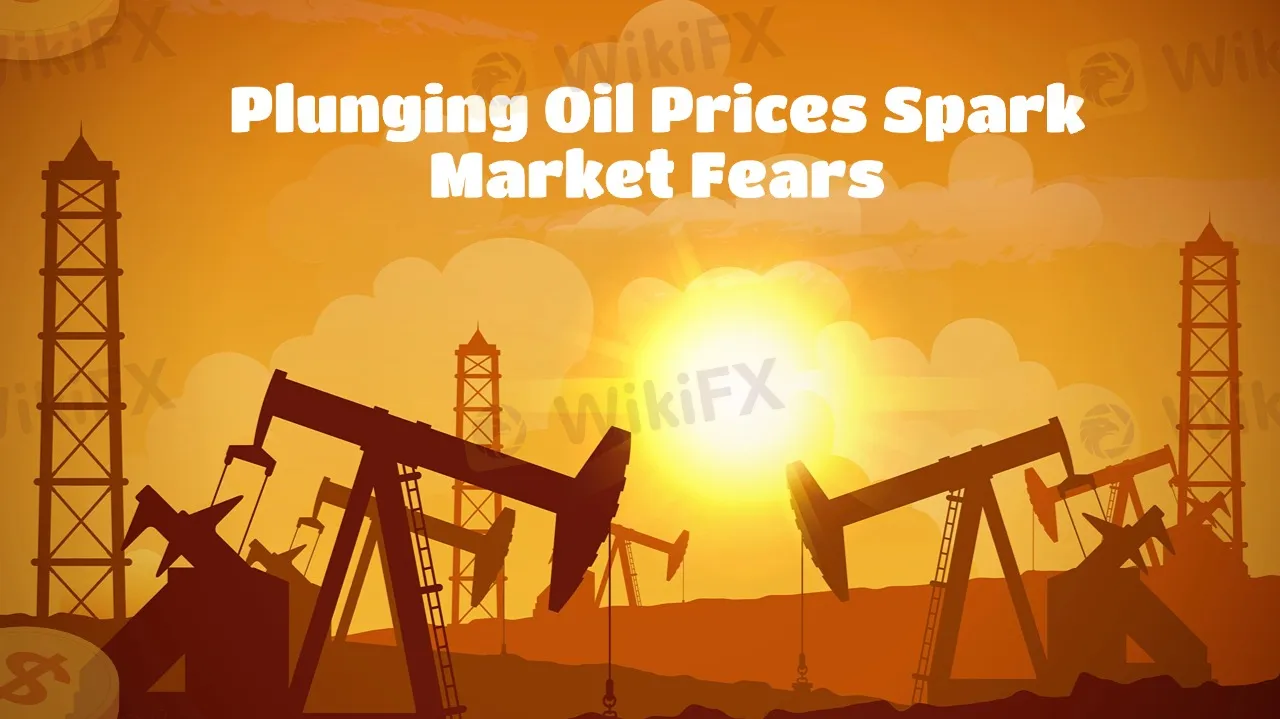简体中文
繁體中文
English
Pусский
日本語
ภาษาไทย
Tiếng Việt
Bahasa Indonesia
Español
हिन्दी
Filippiiniläinen
Français
Deutsch
Português
Türkçe
한국어
العربية
Plunging Oil Prices Spark Market Fears
Abstract:International oil prices have declined for two consecutive days, mainly due to the impact of U.S. tariff hikes, which have intensified market concerns over a global economic slowdown.

OPEC+ plans to increase production starting in April, further adding to market supply pressure and weighing on oil prices.
Recently, U.S. President Donald Trump announced tariff increases on products from Canada, Mexico, and several Asian countries, stating that trade pressure would not be eased. This policy has triggered market panic, prompting investors to reassess the global economic outlook and anticipate a decline in energy demand.
Additionally, investors are worried that the U.S. economy may be entering a “transition period” or even facing a recession, leading to heightened risk aversion and the sell-off of crude oil and other risk assets. Meanwhile, OPEC+s decision to increase production has created additional pressure on the supply side. Although Russia has hinted at possible adjustments, short-term supply growth still poses a challenge to oil prices.
In the short term, oil prices remain under downward pressure, but the market will closely monitor OPEC and IEA‘s monthly reports, U.S. inventory data, and the Federal Reserve’s monetary policy stance. If demand declines more than expected or crude oil inventories continue to rise, prices may fall further.
However, if the Federal Reserve adopts a more dovish stance, market sentiment may recover to some extent. Overall, given the economic slowdown, rising risk aversion, and OPEC+ production increases, the outlook for oil prices remains uncertain.
Disclaimer:
The views in this article only represent the author's personal views, and do not constitute investment advice on this platform. This platform does not guarantee the accuracy, completeness and timeliness of the information in the article, and will not be liable for any loss caused by the use of or reliance on the information in the article.
Read more

Rising Tensions Push Oil Prices Higher
Fresh Middle East conflict sends shockwaves through energy markets.

Why Your Stop Loss Keeps Getting Hit & How to Fix It
Many new traders run into the same frustrating problem. They analyse the market, place a trade, and watch the price go against them just enough to hit their stop loss. Then, like a bad joke, the price moves exactly in their predicted direction. Read this article to learn how to fix this issue for good!

Safe-Haven Surge: Gold Shines Amid Market Turmoil
Rising geopolitical tensions fuel a flight to safety, propelling gold past key resistance and positioning it as a top-performing asset in today’s volatile market.

Forex Trading Challenges in India
Explore this guide to understand the challenges that deter India's forex market from unleashing its true potential.
WikiFX Broker
Latest News
Why Your Stop Loss Keeps Getting Hit & How to Fix It
IronFX Review 2025: Is This Broker Trustworthy or a Scam?
Exclusive Markets MT4 and MT5 Review 2025
Rising Tensions Push Oil Prices Higher
Oil price trends are worrying, and the market faces multiple challenges.
Currency Calculator


